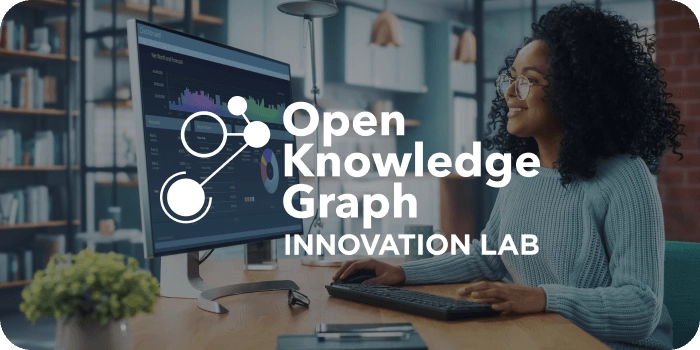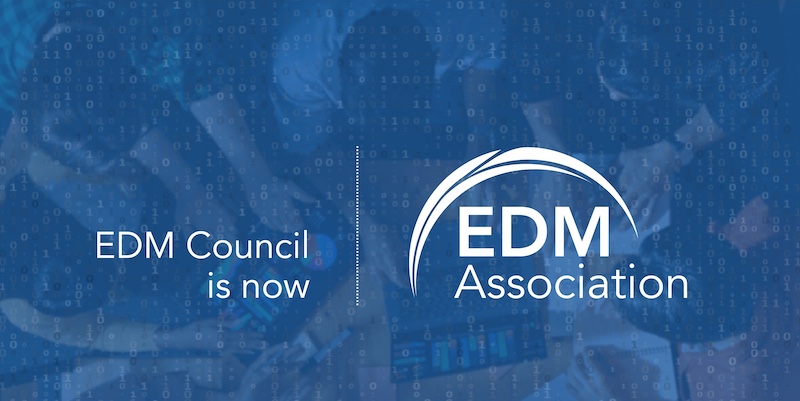Details
This session will provide practical advice on unifying business intelligence & data science, and show how to better enable data scientists the ability to operationalize predictions and features broadly across your organization, in any BI tool of your choice. Join our ML & AI technologist and a practitioner to learn about how using a semantic layer brings governance and consistency to BI users and it can now be leveraged to do the same for your data scientist teams. With a semantic layer, data scientists and Machine Learning Engineers can programmatically interact with unified metric definitions through python to create features needed for training and serving ML models, and append ML model prediction and metadata results to existing data models. You’ll see how a semantic layer bridges the gap between BI and AI by allowing data scientists to more effectively communicate their data preparation, feature engineering, and ML model results in a manner that everyone understands.
This session will cover:
- How data science and business intelligence teams can better collaborate using the semantic layer
- Delivering predictions and features to users faster than ever at scale using a semantic layer
- Enabling data teams to model and deliver a semantic layer on data in the cloud
- Maintaining a single source of governed metrics and business data for BI and Data Science
- Achieving speed of thought query performance and consistent KPIs across any BI/AI tool like Excel, Power BI, Tableau, Looker, DataRobot, Databricks and more




